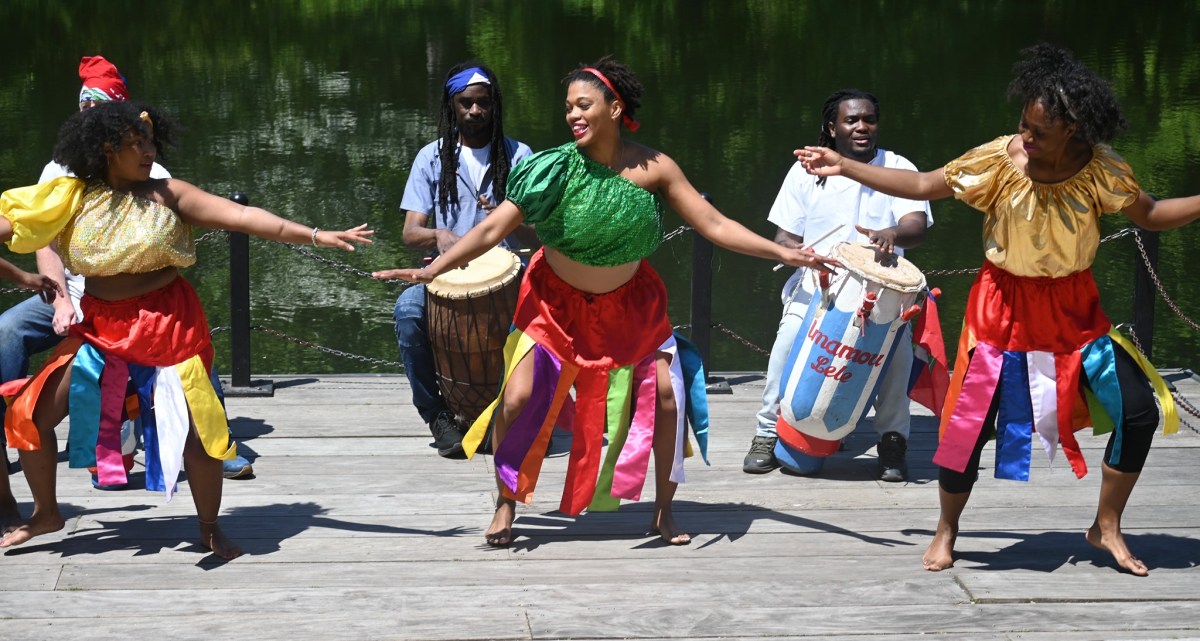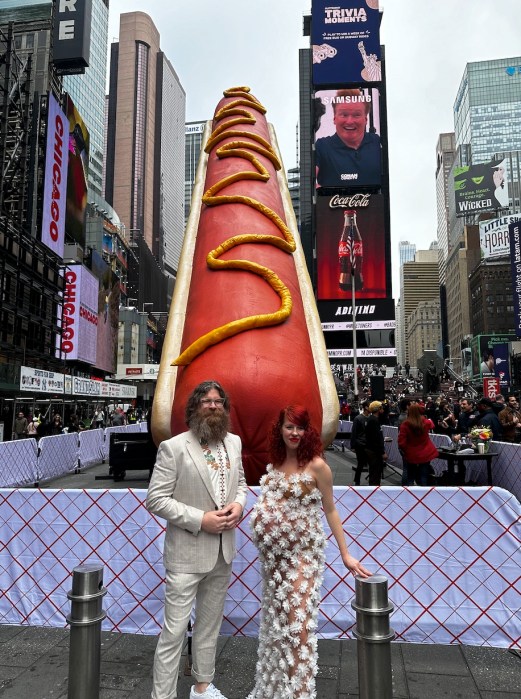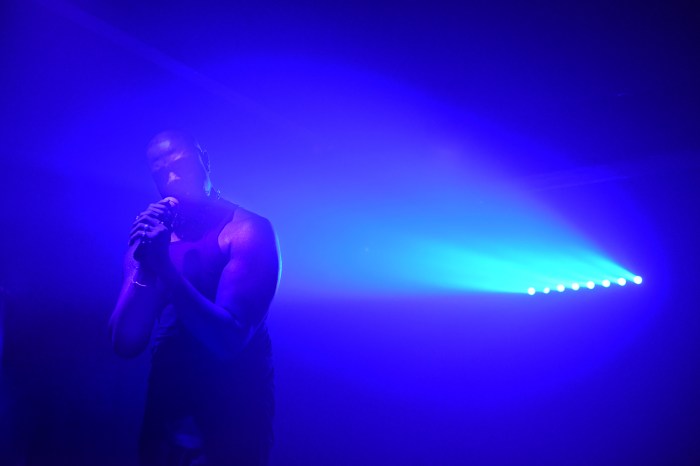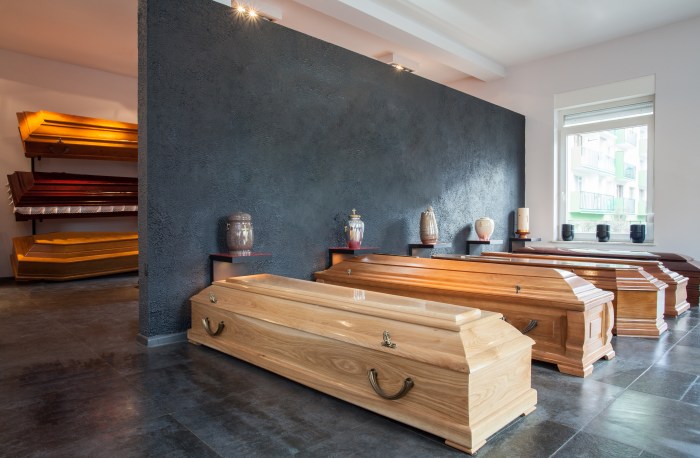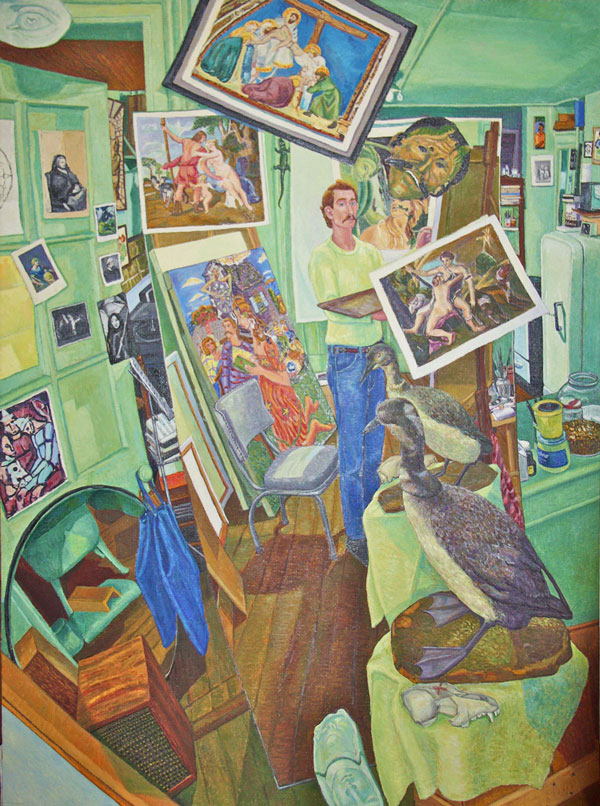
BY DUSICA SUE MALESEVIC | Fresh out of Cooper Union, the School of Visual Arts, Pratt and the New York Studio School, a network of young artists banded together to start a co-operative. Nearly 45 years later, their legacy is being highlighted in an exhibition that showcases work from the late sixties to the present.
The 23 young artists who founded Bowery Gallery first met through their professors, neighborhoods and various drawing classes. There was also a gathering called the Alliance of Figurative Artists, which took place for every Friday night on East Broadway, recalled original Bowery Gallery member Anthony Santuoso. The Jewish organization that owned the building, which was called the Educational Alliance, let the artists use the space for free. There would be dialogues, discussions, panels and critique of work, which would sometimes get very savage, he said.
“It was like an Italian opera. If they don’t like it, they would throw rotten tomatoes at you,” said Santuoso, who paints, in a phone interview.
The Bowery Gallery was an outgrowth of those meetings, and several members said that Lawrence Faden was the catalyst, the connector who got the group together to found Bowery Gallery in 1969.
“He basically gathered people together and made it seem like it was possible,” said Santuoso, who grew up in New Jersey.
It was an idea whose time had come, Faden told Chelsea Now in a phone interview.
Faden, who grew up in Brooklyn, was working at the docks with another founding member, Howard Kalish. Another member, the late Tony Siani, once told him that there was a wealthy benefactor who would back a new gallery for the artists. But Faden, who paints, grew tired of waiting.
“One day I got disgusted and I just said ‘I’m starting a gallery,’ “ he said. “I invited other people to participate.”
For young, still-evolving artists, said Faden, it was hard to get the art world interested.
“We wanted to have this place to examine our work in public,” said Faden. “We got a place in the Bowery that was a total wreck.”
The space had no floor. The artists had to patch up and paint the walls, put in lights and install a floor. Several of them were working in construction while they pursued art. Faden said Richard Uhlich, who was a painter and watercolorist, also had carpentry skills.
“We had to build the place ourselves,” said Santuoso.
Nancy Beal says she remembers taking a wire brush to scrape the walls of the gallery. Beal, who was from Pittsburgh, knew Sam Thurston, who invited her to join.
“I was onboard right at the beginning,” she said in a phone interview. “It was a very exciting time, 1969. When we did get together, we became fast friends so quickly.”
Beal, who was a grade school teacher, said she remembers hauling the garbage that had been inside and the group sitting on the heap of junk to take their first photo.
“We pulled it together somehow,” said Beal.
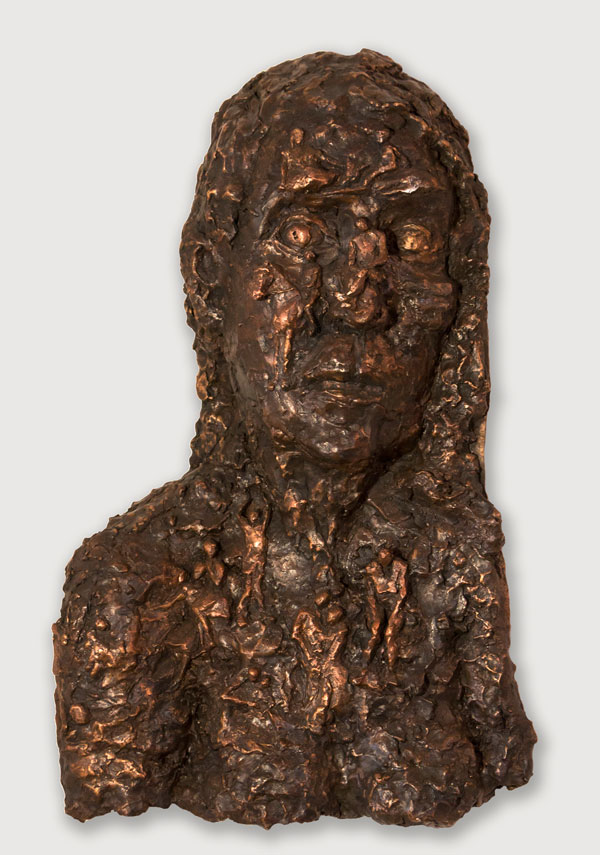
Beal says that she paints outdoors, which is also her subject: “What I paint is what I see.”
The co-op gallery was opened October 31, 1969. Out of the Bowery Gallery, two more were started: Prince Street Gallery (at 530 W. 25th St.) and First Street Gallery (at 526 W. 26th St.).
A co-op gallery is one where the members pay a monthly fee and are then guaranteed to have their work shown, explained Lynda Caspe, who paints and sculpts. To become a member, the others vote an artist into the gallery.
In 1969, it cost $10 a month to be part of the Bowery Gallery, Caspe told Chelsea Now during an interview in her Tribeca apartment.
“It turned out to be the best investment I ever made in my life,” said Caspe about her apartment, which she brought in 1973 in a neighborhood that has now transformed.
Caspe grew up on the Upper West Side, but attended university in the Midwest and traveled through Europe before returning to New York City. She lived in an apartment on Delancey St. for $25 a month and lived around the corner from Faden. Both had attended the New York Studio School.
Many art schools were focused on teaching figurative art, such as Cezanne, said Caspe, but figurative art was not in vogue.
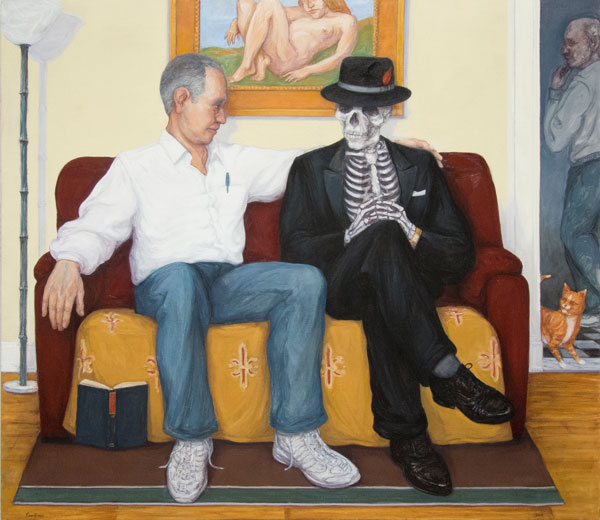
“Students came out steeped in figurative art and the art world was not into that kind of thing,” she said.
Caspe said that at first the group showed together and then there were individual shows. The gallery moved from the Bowery to Greene St., and is now at 530 W. 25th St.
She stayed with the Bowery Gallery until 1976. Caspe came back to the Bowery Gallery in 2001 and stayed for the next decade. During that time, she was the director and had thought about a show that would feature the work of founding members.
Caspe, along with Santuoso, both credit Eugene Maiese as the driving force behind this current exhibition at the Westbeth Gallery. The venue is connected to the Westbeth Artists Housing, which provides space for artists, and has been showing its resident artists, international artists and other artists for the past 40 years.
Maiese wanted to draw attention to the group, said Santuoso, and what happened in that time period.
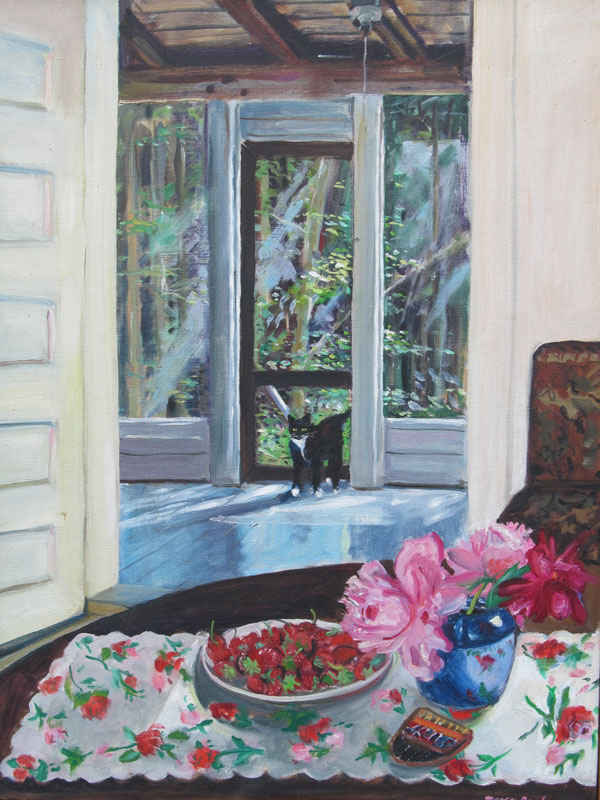
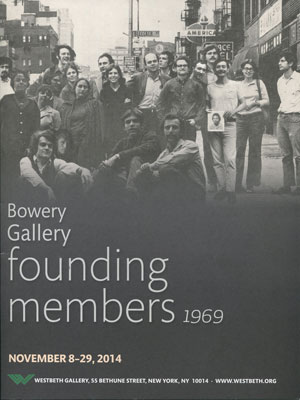
In his essay that begins the Bowery Gallery catalog, Maiese writes that the artists “dared to challenge the conventions of the day” and “believed in the radical idea that artists could represent themselves, that they didn’t need to be presented in fancy galleries, or represented by agents or supported by big money.”
The Bowery Gallery, at its current location, said Caspe, would not be big enough for this exhibition, which features 19 of the 23 original founding members.
“This Bowery Group had a certain connection,” said Beal, who was recently at the gallery to help put up her work. “I was thrilled to see the new paintings. I am so impressed how good people got over time.”
Beal said this exhibition was an opportunity for those who hadn’t been able to show their work recently.
Some of the founding members have died, some have moved on from art, but several still create art as well as teach, such as Santuoso, who now teaches at the Fashion Institute of Technology.
“You would think that, lots of the time, [galleries] evolve for a period of time and then they dissipate and disappear,” said Faden. “These galleries have become a consistent thing on the scene. How many things have lasted 45 years?”
BOWERY GALLERY FOUNDING MEMBERS 1969
Free
Through November 29
Wed.–Sun. 1–6 p.m.
At Westbeth Gallery 55 Bethune St.
(corner of Washington & Bank Sts.)
Visit bowerygallyer.org and westbeth.org










